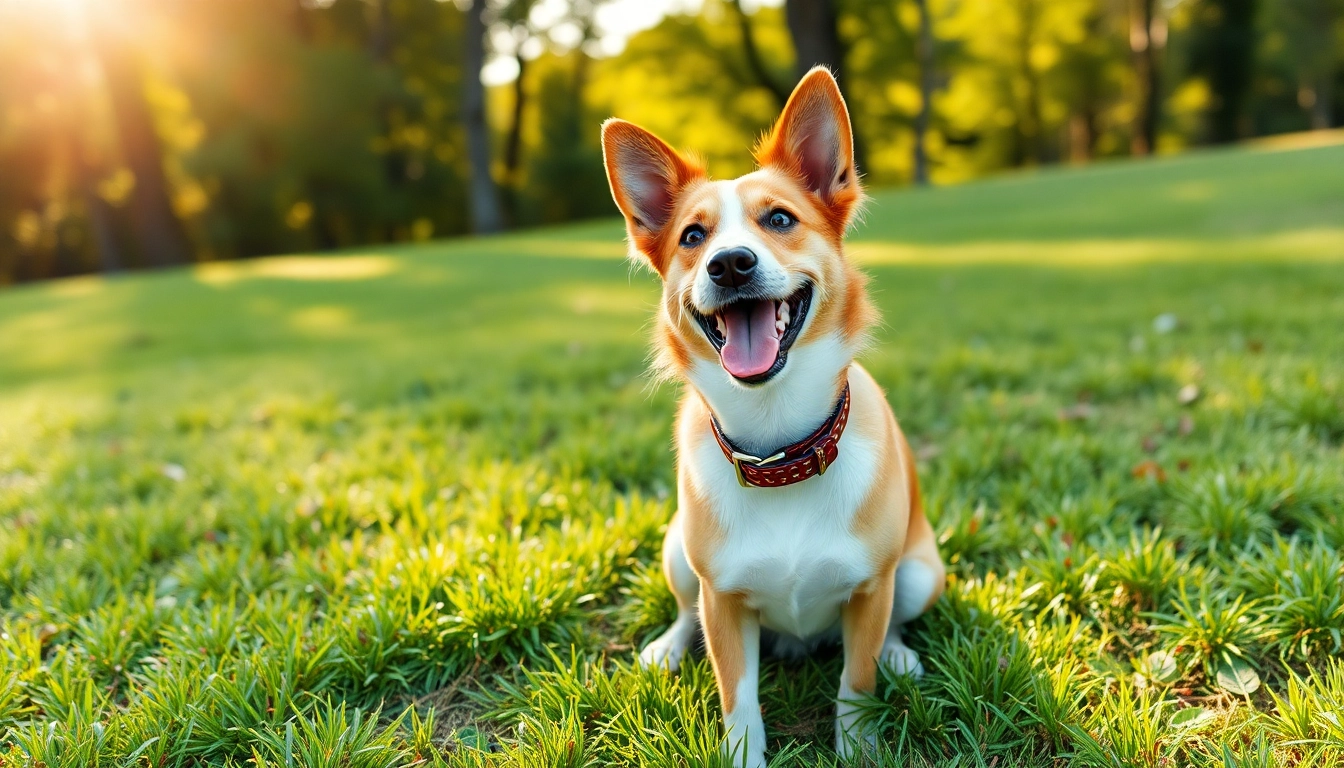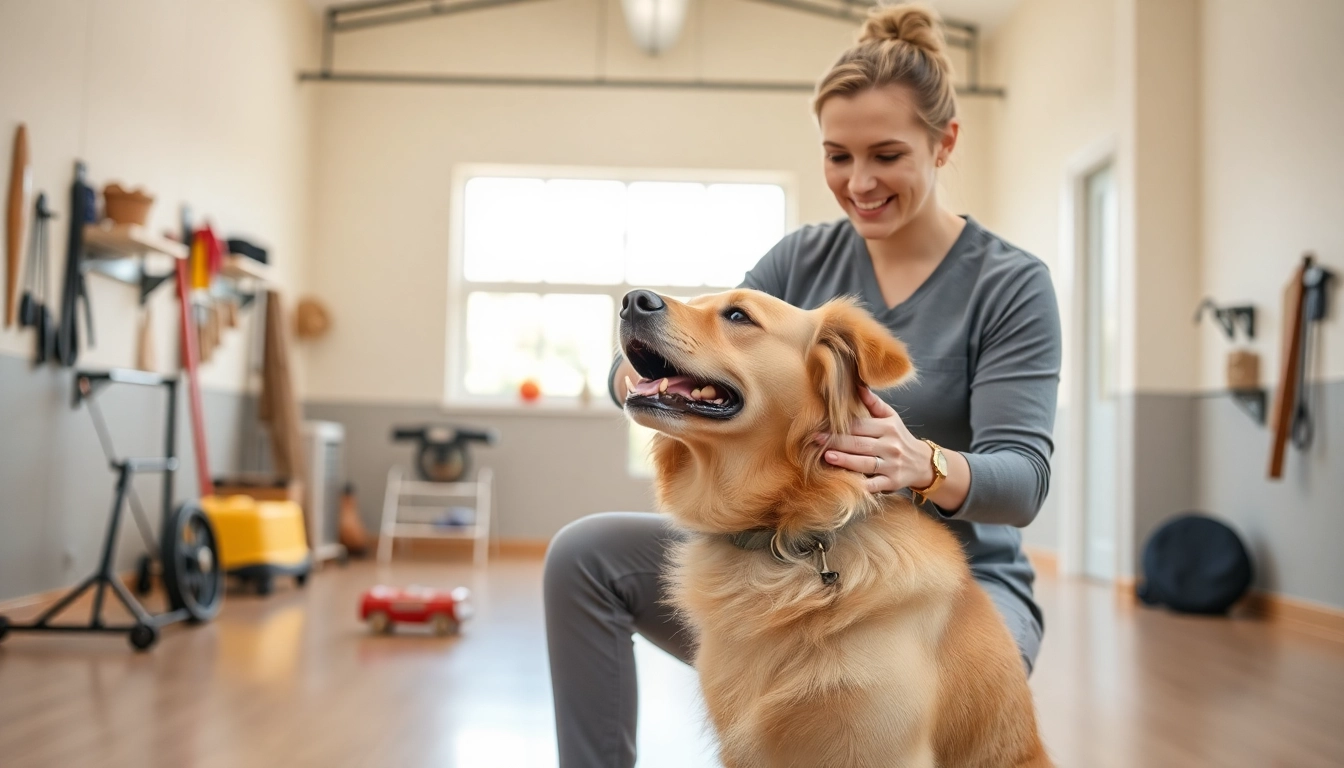
Understanding the Importance of Dog Collars
Dog collars are more than just an accessory; they serve a fundamental purpose in the overall wellbeing, safety, and style of your canine companion. A well-chosen dog and collar combination can create a more harmonious relationship between you and your pet, making walks more enjoyable and training more effective.
Types of Dog Collars and Their Functions
Various types of dog collars are designed for different purposes. Understanding these functions can help you make an informed decision:
- Flat Collars: The most common type used for everyday wear. They are ideal for attaching ID tags and leashes but should be used carefully as they don’t offer much control.
- Martingale Collars: Designed to provide a limited slip effect, these collars are particularly useful for dogs with narrower necks than their heads, preventing them from slipping out.
- Harnesses: While technically not collars, these devices can distribute pressure away from the neck and are especially beneficial for smaller breeds or those prone to neck injuries.
- Head Collars: Similar to a halter for horses, this type helps to direct the dog’s head and is effective for training. It’s particularly useful for strong pullers.
- Electric Collars: Often used in training, these collars can deliver a mild shock or vibration as a corrective measure. However, they come with ethical considerations and should be used responsibly.
How a Collar Affects Your Dog’s Behavior
The collar you choose can significantly influence your dog’s behavior. A well-fitted flat collar provides a sense of security, while a poorly-fitted one can add discomfort, leading to anxious behaviors. Studies have shown that dogs wearing head collars, for instance, can be easier to train due to better responsiveness. Regardless of the type you choose, ensuring a proper fit can enhance your dog’s confidence and willingness to engage.
Health and Safety Considerations for Dog Collars
When selecting a collar, it is essential to consider your dog’s health and safety. Materials matters – collars made from breathable fabrics can prevent skin irritations, while heavier materials might weigh down smaller dogs. Additionally, collars should be checked regularly for wear and tear. A damaged collar can lead to escape risks or accidents. To keep your pet safe, ensure you consistently inspect for fraying or splintering components, replacing them as necessary.
Choosing the Right Dog and Collar Combo
Choosing the right combination of dog and collar isn’t just about style; it involves understanding your dog’s behavior, lifestyle, and specific needs.
Factors to Consider When Selecting a Collar
When selecting a collar, consider your dog’s breed, size, and daily activities. For instance, active dogs may need more durable collars that can withstand wear and tear, while a timid dog might require something softer and more comfortable. Additionally, if your dog spends a lot of time in the water, opt for a quick-drying material. Consult with your veterinarian if you’re unsure about the best options for your dog.
Matching Collar Styles to Dog Breeds
Different dog breeds may benefit from various collar styles. For example, Greyhounds, with their slender necks, should use martingale collars, allowing for a secure fit without risk of slipping off. On the other hand, large breeds like Rottweilers may require sturdier collars to manage their strength. Matching collar selections to breed characteristics ensures not only comfort but safety and control during walks.
Size and Fit: Getting It Right for Your Dog
Getting the size and fit of your dog’s collar correct is crucial. An ideal collar should fit snugly yet allow for two fingers to slide underneath. Measure your dog’s neck accurately, and take into account any potential growth for young dogs. Remember that a collar that’s too tight can cause pain and irritation, while one that’s too loose can come off easily.
Trendy Dog Collar Styles to Consider
Fashion is not limited to humans. Dog collars come in various designs, colors, and fabrics, allowing you to express your pet’s personality as well as your own.
Fashionable Collars for Small and Large Dogs
Whether you have a tiny Chihuahua or a majestic Great Dane, there are trendy styles available that cater to their size. Chunky statement pieces might work well on larger breeds, while delicate patterns and colors can be perfect for smaller dogs. Consider using personalized collars that add a unique flair—embroidery can include your pet’s name or a fun design.
Durable Materials: Which Ones Last?
Collars made from durable materials like nylon or leather are preferred for their resilience. Nylon is lightweight and comes in various colors, while leather adds a classic touch of elegance. However, the best choice doesn’t solely rely on appearance; consider the collar’s purpose and longevity. Reflective collars also offer added safety during evening walks, allowing your dog to be seen easily.
Seasonal Trends in Dog and Collar Design
Just like in human fashion, dog collar design experiences seasonal trends. Floral patterns might be popular in spring, while plaid print may see a resurgence during fall. Keeping up with these trends can make walks with your furry friend feel fresh and stylish. Seasonal colors can also help prevent weariness from monotony, rejuvenating both you and your dog’s daily routine.
Dog Collars and Training Aids
The right collar can also serve as an effective training aid, helping you hone your dog’s obedience and behavior.
Choosing Collars for Training Purposes
For training, it is crucial to select a collar that promotes positive reinforcement. Head collars can provide superior control for strong breeds, while a flat collar might suffice for less aggressive dogs. Invest in collars that offer adjustable tension options—too much pressure can be detrimental, while too little can be ineffective.
Using Collars Effectively in Obedience Training
When using collars for obedience training, consistency is key. Implement a clear command structure and utilize the collar as a reminder of expected behaviors. For example, a gentle tug on the leash attached to a flat collar can signal ‘stop,’ while a head collar can offer great corrective feedback when needed. Always pair collar training with positive reinforcement to encourage desired behaviors.
Alternative Training Equipment: Pros and Cons
Collars aren’t the only option when it comes to training. Harnesses can distribute pressure evenly and offer additional comfort, especially for dogs that pull on walks. Shock collars deliver corrective feedback but should be used cautiously and with professional guidance to avoid negative behavioral consequences. Each option has its pros and cons. Evaluate the temperament of your dog and your training needs before making your choice.
Maintenance and Care for Your Dog’s Collar
Maintaining your dog’s collar is essential for hygiene and longevity, as well as ensuring your pet’s safety.
Cleaning and Maintaining Different Collar Materials
Cleaning methods can differ based on your collar’s material. Nylon collars typically can stand tough stains with a simple machine wash or hand wash with mild soap. Leather collars require regular conditioning to prevent cracking, while rubber or silicone options can be rinsed with warm water. Regular maintenance extends the life of the collar and keeps it smelling fresh.
Signs It’s Time to Replace Your Dog’s Collar
A collar should never remain static; it should be replaced as necessary. Look for signs such as fraying edges, losing elasticity in straps, or faded colors. If your dog seems uncomfortable or attempts to scratch their neck excessively, it may signal that the collar no longer offers a comfortable fit. Regularly re-evaluating the condition of a collar ensures ongoing safety for your pet.
When to Consult a Professional for Fitting
If you’re unsure about the right collar type or fit for your dog, don’t hesitate to consult a professional. Veterinarians and professional trainers can offer valuable insights based on your dog’s behavior and physical needs. They can guide you in selecting a collar that balances safety, effectiveness, and comfort.







